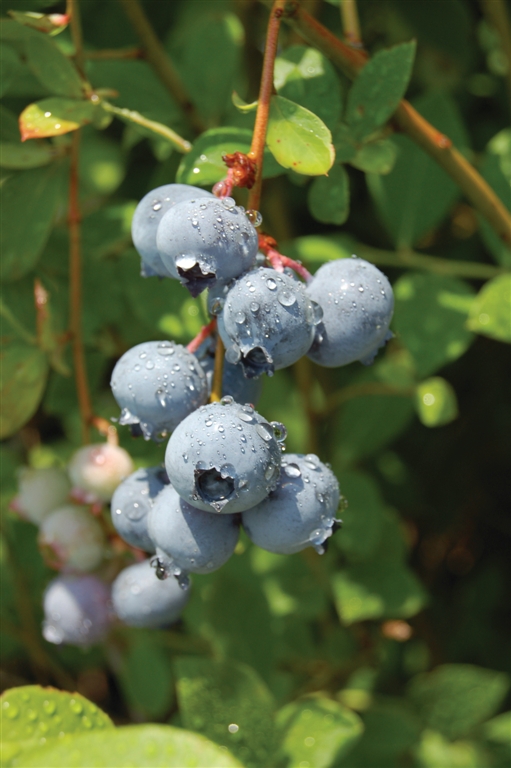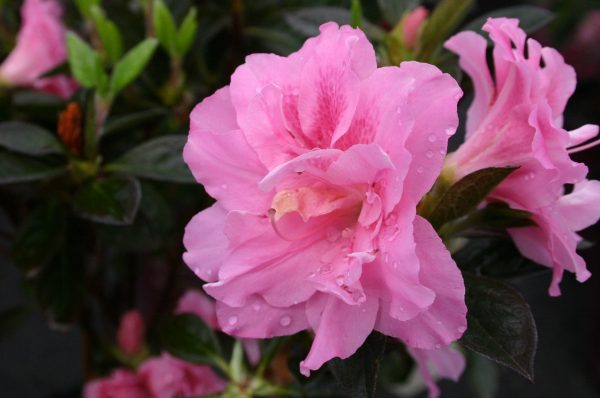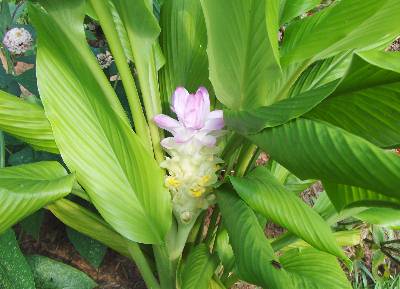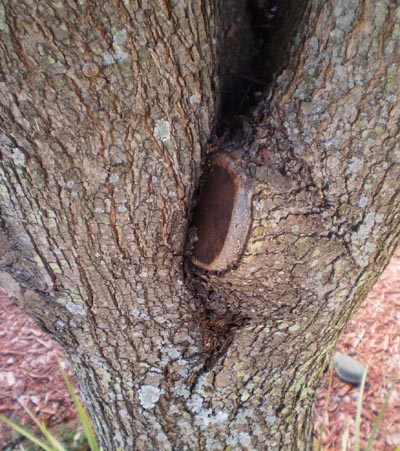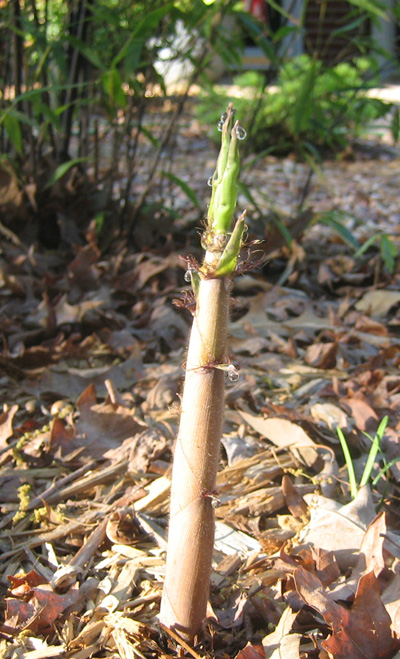Effects of Light and Soil on Plants – Science Fair Project
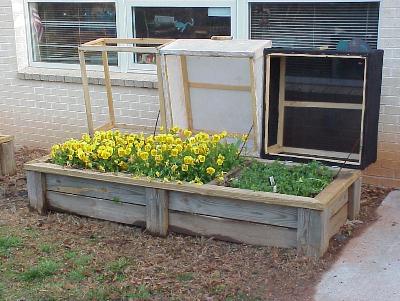
Q: I am a 9th grade student. I am doing a science fair project that has to do with plants. My project has to do with the effect different fertilizers, soils, and light have on the growth of a plant. I was hoping that you could assist me with my research by answering a few questions.
1. One of the variables I am using is the soil. I am using potting soil, yard dirt, and composted soil. Could you give me any information you have on the benefits/negatives of using composted
soil?
2. Another variable is light. On some samples we will use a grow light and on others we will use regular sunlight. Could you give me any insight on which will perform better and why?
3. My final variable is fertilizer. I am using Miracle-Gro, a no name brand, or no fertilizer at all. Could you tell me if there is any significant difference in the ‘no name’ fertilizers
vs Miracle-Gro? Could you also give me some benefits of the fertilizers to the plant?
A: It just so happens that I did this experiment for my son’s class. We used pure clay, pure sand and potting soil for our comparison. I’d suggest you do the same because you probably won’t see any difference between the soils you’ve chosen.
I also doubt you’ll see any difference between a gro light and sunlight unless you monitor the plants for several months. We compared 100% sunlight, 50% sunlight and 10% sunlight and got significant results.
For fertilizer we compared 0 fertilizer, normal fertilizer and 4x fertilizer. We didn’t see much difference. You could try 0, normal and 10x and that would probably show something of note.
I doubt you’ll see a difference between Miracle Gro and no-name fertilizer without a year of observation.
The photos below detail our setup.

Shade covers demonstrate effect of light levels
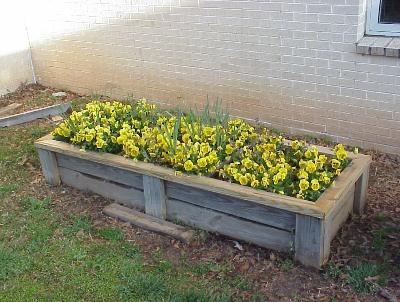
Section at right end of bed received no fertilizer
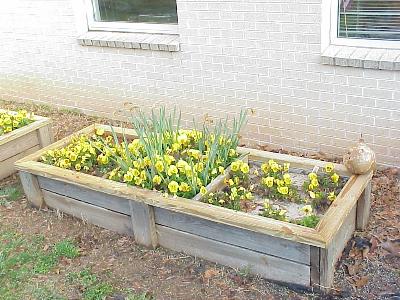
Bed sections were filled with (in order) clay, potting soil, sand
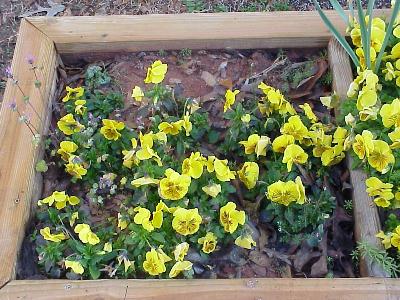
Note the difference between plants grown in clay and in potting soil






